Patrick F. Chinnery9781860946578, 1860946577
Table of contents :
CONTENTS……Page 10
Foreword……Page 6
Organization……Page 8
1 Introduction……Page 17
2 Models of Meson Production Reactions……Page 18
3 Dynamical Coupled-channel model with 7T7riV unitarity……Page 26
References……Page 30
1 Introduction……Page 32
2 The dynamical approach to meson electroproduction……Page 34
3 Data analysis……Page 36
4 Conclusions……Page 39
References……Page 41
1 Introduction……Page 42
2 The Giessen Model: Coupled Channels K-Matrix Description of Meson Production……Page 43
3 w Meson Production off the Nucleon……Page 44
4 Associated Strangeness Production on the Nucleon……Page 48
5 Summary and Outlook……Page 50
References……Page 52
1 Continuum ambiguities in partial wave analyses……Page 53
2 What does it mean “continuum ambiguity”?……Page 54
3 Continuum ambiguity and coupled channel formalism……Page 55
5 The N(1710) P 11 resonance is a direct consequence of inelastic channels……Page 57
7 Future prospects for utilizing inelastic channels data……Page 61
References……Page 62
2 2TT model. From 2003 to 2005 version……Page 63
3 N* analysis in 2TT photo and electroproduction……Page 67
4 Conclusions……Page 70
References……Page 71
1 Introduction……Page 73
2 Gauge Invariance……Page 75
3 Formalism……Page 76
4 Summary……Page 81
References……Page 82
1 Introduction……Page 83
2 The positive sightings of the O +……Page 84
3 Non-observations of the O +……Page 85
4 Are these results consistent ?……Page 86
5 New results – mostly against the existence of pentaquark states……Page 87
6 An isovector O + + candidate?……Page 91
7 Status of E5 and O0 C……Page 92
8 Summary and conclusions……Page 93
References……Page 94
2 Multi-quark search and study……Page 96
3 Study of the excited baryon states……Page 101
4 J/V -> pp……Page 0
References……Page 105
1 Introduction……Page 106
2 The GDH sum rule on the Proton……Page 107
3 The GDH sum rule on the Neutron……Page 109
4 Exclusive Reaction Channels……Page 111
References……Page 113
1 Introduction……Page 114
2 KY Photoproduction……Page 115
3 KY Electroproduction……Page 118
4 Summary and Conclusions……Page 122
References……Page 123
1 Introduction……Page 124
2 The yp -> pn-channel……Page 125
3 The yp -> pTT0TT0-channel……Page 127
4 The yp -> pTT0n-channel……Page 130
5 Polarization measurements with Crystal Barrel at ELSA……Page 132
References……Page 133
2 Coupled Channels K-matrix……Page 134
3 Beyond K-matrix……Page 141
References……Page 143
1 Introduction……Page 144
3 The Cascade: Gross features……Page 145
5 Cascade Physics Program……Page 147
6 Summary……Page 152
References……Page 153
1 Introduction and Motivation……Page 154
2 Observables in yN -> M1M2B……Page 155
3 Model Calculation……Page 158
4 Conclusion and Outlook……Page 162
References……Page 163
1 Introduction……Page 164
2 The Role of Polarisation Observables……Page 165
3 Realisation of Experiments at ELSA……Page 166
4 Selected Experiments……Page 171
References……Page 173
1 Motivation……Page 175
2 The FROzen-Spin Target (FROST) program……Page 177
References……Page 180
1 MAMI……Page 181
2 Experimental programme……Page 184
3 Experiments in the first round……Page 185
4 Future Programme……Page 188
References……Page 190
1 Introduction……Page 192
2 The GRAAL apparatus……Page 193
References……Page 200
1 Introduction……Page 201
2 Experiment……Page 202
3 Results……Page 203
4 Outlook and Summary……Page 208
References……Page 210
1 Introduction……Page 211
2 Coupled-channel interactions……Page 213
3 S-wave baryon resonances with zero charm……Page 215
References……Page 219
2 Two Physical Pictures for N*s……Page 221
3 Large Nc QCD and the 1/NC Expansion……Page 223
4 Resonances in the 1/NC Expansion……Page 225
5 Phenomenological Consequences……Page 226
6 Looking Ahead……Page 228
References……Page 229
1 Introduction……Page 231
2 Excited states and resonances……Page 232
3 Operator construction……Page 234
4 Field smearing and operator pruning……Page 236
5 Conclusion……Page 239
References……Page 240
1 Introduction……Page 241
2 Dynamical generation of spin 3/2 baryon resonances……Page 243
3 Improved description of the A(1520) resonance……Page 245
4 Conclusions……Page 249
References……Page 250
2 Results……Page 252
References……Page 255
1 Program Goals……Page 256
3 Program Outlook……Page 257
References……Page 258
2 Fitting Procedure and Results……Page 260
References……Page 263
1 Introduction……Page 264
3 Results and Conclusions……Page 265
References……Page 266
2 Single Energy PWA……Page 268
3 Invariant Amplitude Analyses……Page 269
4 Conclusions……Page 270
References……Page 271
2 Chiral-Symmetry-Inspired (CSI) Model……Page 272
3 Results and Discussion……Page 273
References……Page 274
Double-Polarization Observables in Pion-Photoproduction from Polarized HD at LEGS……Page 276
1 Introduction……Page 281
2 Results and conclusion……Page 282
References……Page 284
1 Introduction……Page 287
3 First Results……Page 288
4 Systematic Study……Page 289
References……Page 291
1 Introduction……Page 293
4 Results conclusions……Page 294
References……Page 295
1 Introduction……Page 297
2 Results……Page 298
References……Page 300
Pion-Nucleon Charge Exchange in the N*(1440) Resonance Region……Page 302
3 Results……Page 303
References……Page 306
2 Experimental setup……Page 308
3 Analysis……Page 309
4 Results……Page 310
References……Page 312
1 Introduction……Page 314
3 Results……Page 315
4 References……Page 316
Cx and Cz……Page 318
Results and Discussion……Page 319
References……Page 320
Introduction……Page 322
Basic data features……Page 323
Summary and discussion……Page 324
References……Page 325
Introduction……Page 326
Experiment and Analysis……Page 327
Acknowledgment……Page 328
References……Page 329
Inclusive E- Photoproduction on the Neutron via the Reaction yn (p) -> K+ E-(p)……Page 330
Motivation……Page 334
Resent results……Page 335
Theoretical Results……Page 337
References……Page 338
Introduction……Page 340
Reconstruction and Selection……Page 341
Results……Page 342
References……Page 344
Introduction……Page 346
Analysis of the SAPHIR data on yp -> pn’……Page 347
Analysis of the (preliminary) CLAS data on yp -> pn’ reaction……Page 349
References……Page 351
Eta Photoproduction off the Neutron at GRAAL……Page 352
Introduction……Page 356
Preliminary results……Page 357
Conclusions and Outlook……Page 359
References……Page 360
Introduction……Page 361
Final State Interactions……Page 362
References……Page 364
Exotic hadrons: brief overview……Page 365
CAM and exotics……Page 366
References……Page 369
Introduction……Page 371
Background Processes……Page 372
References……Page 373
Introduction……Page 375
Data Analysis……Page 376
References……Page 378
Photo-Excitation of Hyperons and Exotic Baryons in yN -> KKN……Page 380
On the Nature of the A(1405) as a Superposition of Two States……Page 384
Model……Page 388
Conclusion……Page 390
References……Page 391
Introduction……Page 392
Fits……Page 393
Conclusions……Page 394
References……Page 395
Tools and data sets……Page 396
Poles around 1700 MeV are a direct consequence of inelastic channels……Page 397
References……Page 399
Introduction and Photoproduction of cascade resonances……Page 400
Reaction -yp -> K+K+TT- (E0(1320))……Page 401
References……Page 403
Introduction……Page 405
Experimental status of electromagnetic polarizabilities……Page 406
The o-pole and the BEFT sum rule……Page 407
References……Page 408
Mass operator……Page 409
The dependence of the coefficients Ci on the excitation energy……Page 410
References……Page 412
Surprises in 2TT0 Production by TT- and K- at Intermediate Energies……Page 413
Coupled-channel analysis……Page 422
Publication of Baryon Resonance Data……Page 424
Summary of groups approaches and codes for coupled-channel partial-wave analysis……Page 425
References……Page 427
Program of the Workshop……Page 428
List of Participants……Page 437
Author Index……Page 445
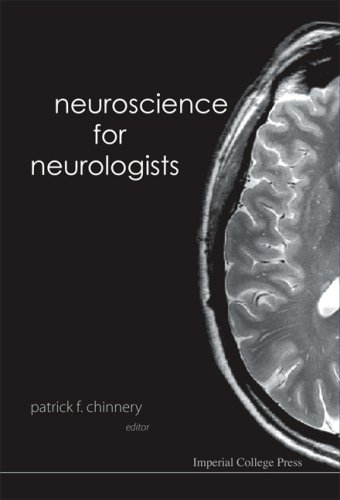

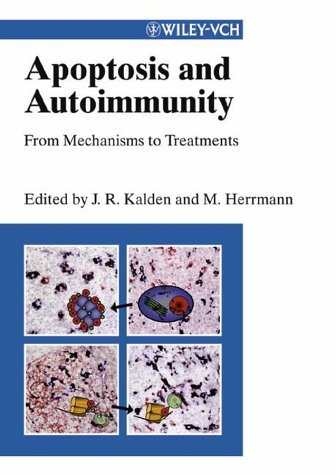

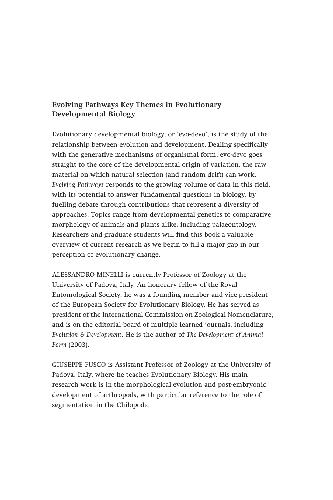
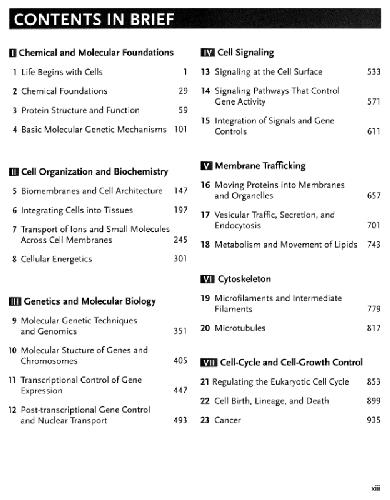
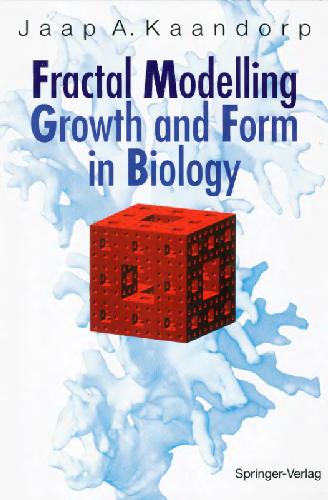
Reviews
There are no reviews yet.